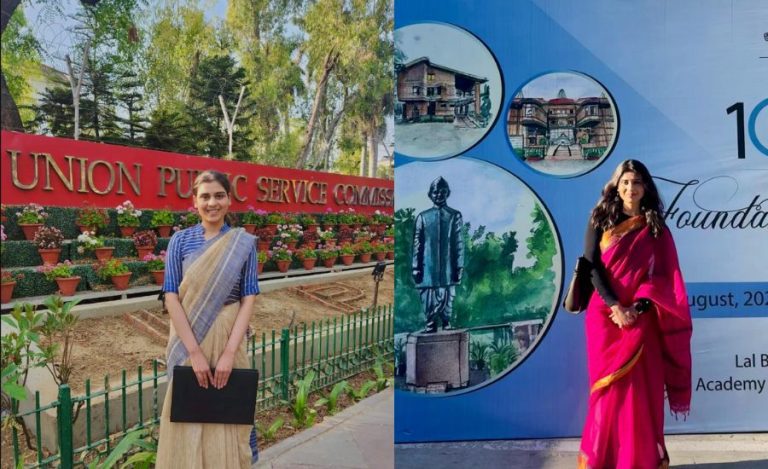Fifteen years ago, the tiger population in the vast Sariska Tiger Reserve (STR) in Alwar district of Rajasthan was completely exterminated. There were zero tiger in the one-of-the-most beautiful parks of the country. It all started with the first tiger that was translocated here, being poisoned to death by unknown people.
But now, there are 30 tigers roaming around the Park and making Sariska thrive with vibrancy. Recently, two newborn cubs were spotted here on 7 July in camera traps, which made even the CM of the state rejoice. And, no wonder! The tiger population at Sariska has now reached an all-time high.
This beautiful and extraordinary story started way back in 2008, when the first tiger was brought here. Unfortunately, he died. Ever since, the forest department has been making all out efforts to protect translocated tigers, like providing good habitat, conservation of water, relocation of tigers to better protected areas, are some of the works that made STR a successful tiger story. They are even building the country’s largest flyover, 22 km long and soundproof, that will cross the whole Reserve, making it peaceful for wildlfe.
Indian Masterminds spoke to the Field Director of STR, 2005 batch IFS officer Roop Narayan Meena and the DCF Tiger Project, 2012 batch IFS officer Devendra Pratap Jagawat, to get more details.
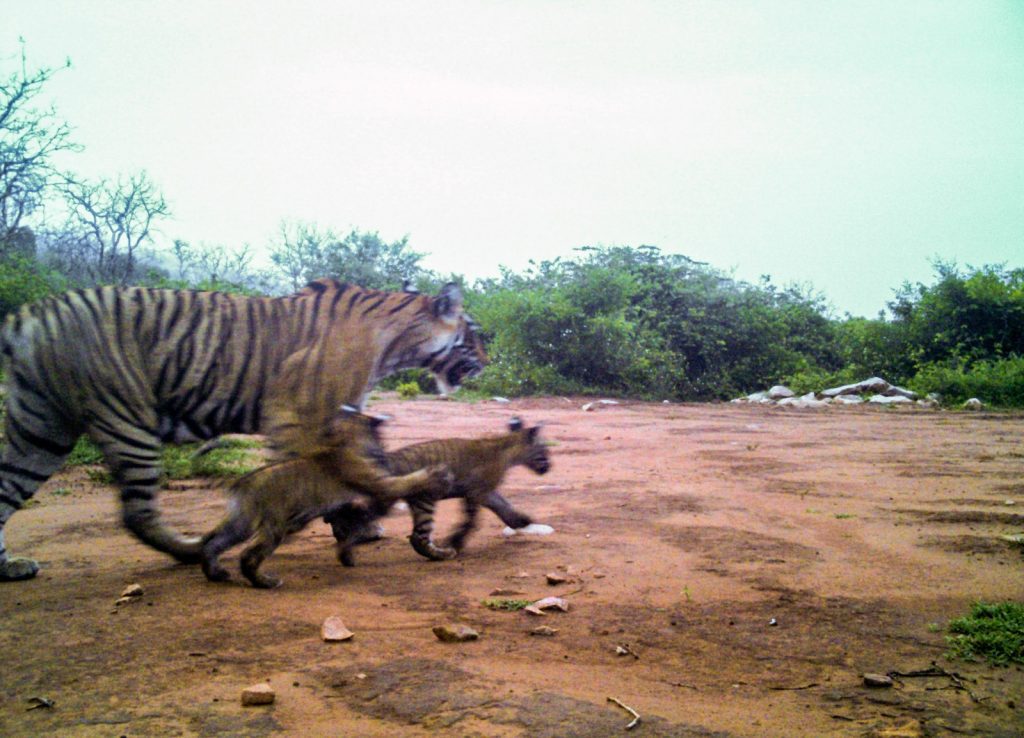
RISING NUMBERS
The tiger population was reduced to zero in STR in 2004-05. After that, the struggle for the revival of tiger population started. But, it was not easy as the relocation of tigers to bring back STR to its old form was strongly opposed. Some tiger experts were also among those protesting. But, the authorities went ahead with the translocation plan.
In June, 2008, a tiger was translocated from Ranthambore Tiger Reserve and named as ST-1. Unfortunately, it was poisoned to death. The matter is still in court. After that, ST-2 was brought in. Both of them were brought by helicopter. Interestingly, ST-2 is still alive but in enclosure. He is 18 plus of age now.
Four cubs have been born in the last one year. Out of this, two were born to ST-14 and two to ST-19. The newborn cubs appear to be three months old and the father of these cubs is a male tiger named ST-18. There are 30 tigers in total now, including 14 female tigers, 8 males and 8 cubs. This is the highest number of tigers in the reserve since the year 2000. According to experts, 40 to 42 tigers can live in STR.
Speaking to Indian Masterminds, FD Roop Narayan Meena said, “It’s good news for STR that the number is increasing year by year. For that, diverse work have been undertaken which changed the scenario in STR, including water conservation, protection, better habitat and relocation. In the near future, it will be the best park of the country with a very bright future. The tigers are making homes in different parts of the reserve now.”
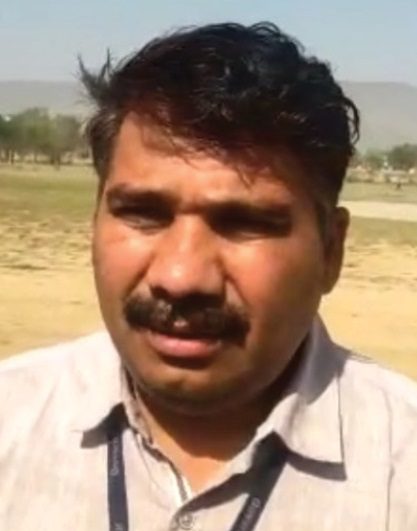
THE SUCCESS STORY
So many initiatives have been taken up in STR for tiger conservation. Water conservation is one of the major steps which changed the course of STR. Another is the relocation of villages. Under the supervision of a highly efficient team, the habitats have been improved and the ‘Tracking & Monitoring’ system strengthened, which is the backbone of any tiger reserve. And, the conservation efforts have now started yielding good results.
Mr. Meena said, “Relocation of villages is of utmost priority for any protected area of wildlife. In the last three years, we have relocated four villages completely. That is the biggest success of STR. From 2008 to 2020, only three villages were relocated in STR. But during my tenure, from 2020 till now, we have relocated four villages in just three years. I formed a special task force to relocate 100 percent villages to safer places.”
He also mentioned that there was a time when this area was called as agitation land as there were always some or the other agitation going on. But, now, there is good support from local villagers, living inside and outside, due to healthy dialogues and developing of good rapport with them. There is also good support from the policy makers, administration and police. The area where the tigress gave birth recently was incorporated into the Reserve in 2012.
There have been successful translocations in the last few years, too. The forest department not only translocated tigers, but also successfully carried out the country’s first sloth bear translocation. They translocated a sloth bear from Mount Abu to STR.
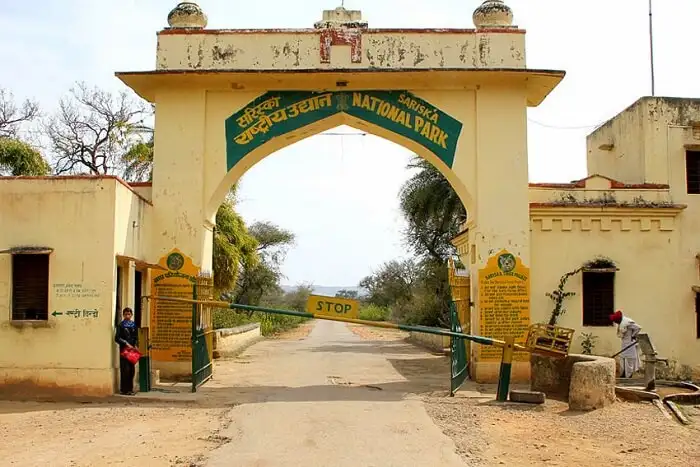
RELOCATION
For any tiger reserve, relocation is the biggest and the most difficult task. In STR, there are a total of 29 villages inside the park. Seven have been completely relocated and six are still in process. New inviolate areas were created for tigers by shifting the villages and adding buffer areas to the tiger reserve.
Mr. Meena said, “Before 2020, the administration used to say that land is not available for relocation. When I joined, the first task I undertook was to find the best land for the villagers. We provided them good land near Tijara Bhiwadi. I took the initiative to take the women of the families to see the new land and ensured their participation. If you have the willpower and bring the right path to the notice of the government, there is no reason why things will not get done.”
Now, villagers are coming forward to happily relocate to the new location.
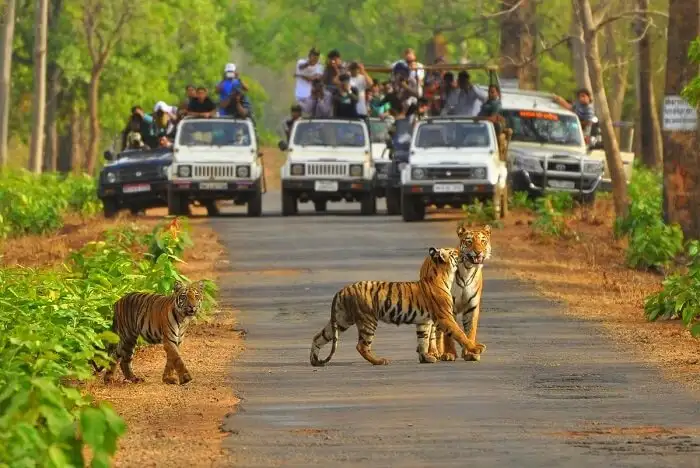
WATER MANAGEMENT
Water conservation is also one of the biggest reasons behind the success of STR, along with relocation. In the last few years, a lot of innovative work has been done on water conservation in STR. Much attention was paid to water availability, so that animals do not go out of the forest area.
The water points which used to dry up and remain dry for months are now full of water due to many innovative steps. One such step is solar pumps. They have installed solar pumps at the water points, due to which, there is water in the water holes all the time.
DCF Devendra Pratap Jagawat said, “If water is continuously available, then the population of herbivorous increases which benefits tigers a lot. Solar pumps helped a lot to manage it.”

NO POACHING
Poaching is a big threat to any wildlife conservation effort. Mr. Meena said, “We have worked hard to stop poaching. Good rapport with the villagers can stop such poaching incidents as they are the first informers in any protected areas.”
Mr. Jagawat added that the protection level has increased which helped STR in a big way. “Incidents of hunting used to happen in the peripheral area as well, but now it has stopped. Poachers have been controlled,” he said.
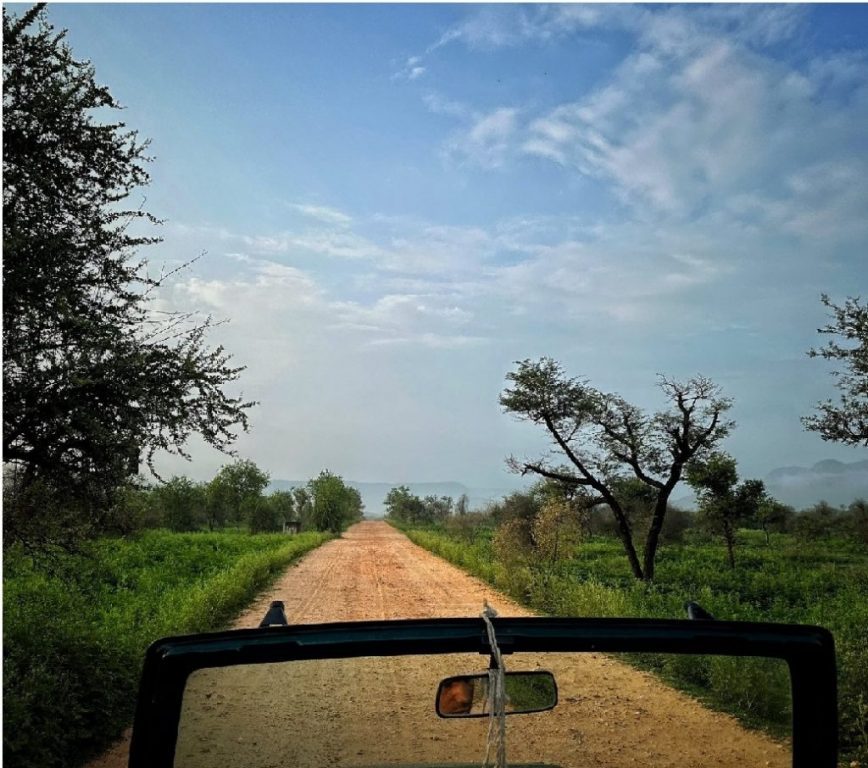
WHY VISIT STR
What draws tourists to STR? According to Mr. Jagawat, the quality of the forest there is much better than in other places. “There is a lush green forest here. The landscape of is very beautiful, which together with the mountains, create an unmatched view,” he said.
Recently, a new route has been opened near Alwar, which reduced the length of the 35 km journey, and people can take the route for STR from Alwar itself. Also, three new routes have been proposed.
The STR is spread across 1,281 square km area and is divided into six ranges. According to the guidelines of the National Tiger Conservation Authority (NTCA), the Rajasthan government had notified 881.1 square km area as critical tiger habitat in 2007.



















